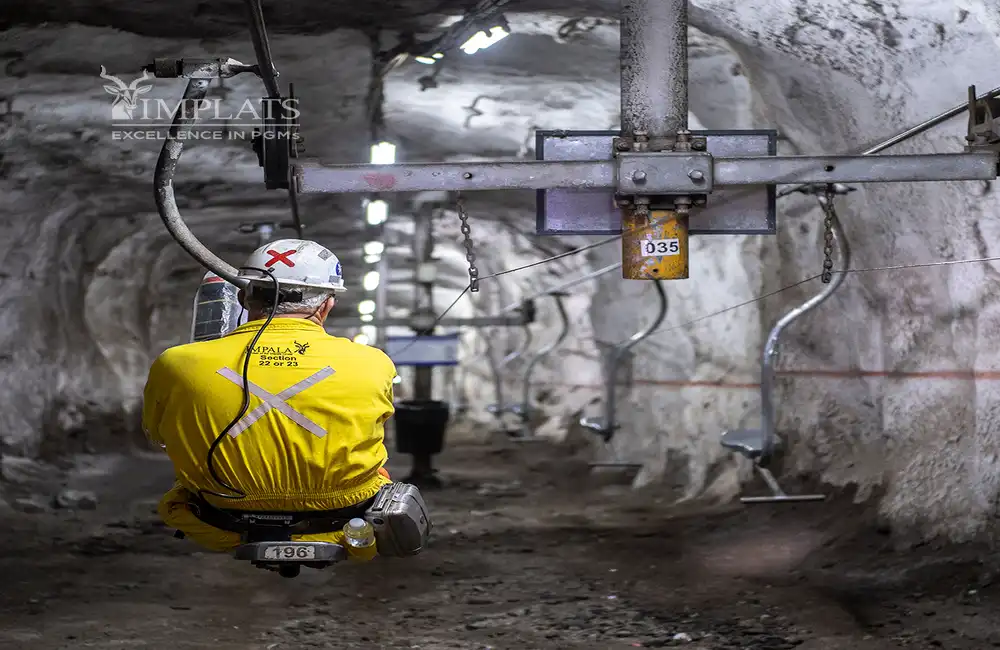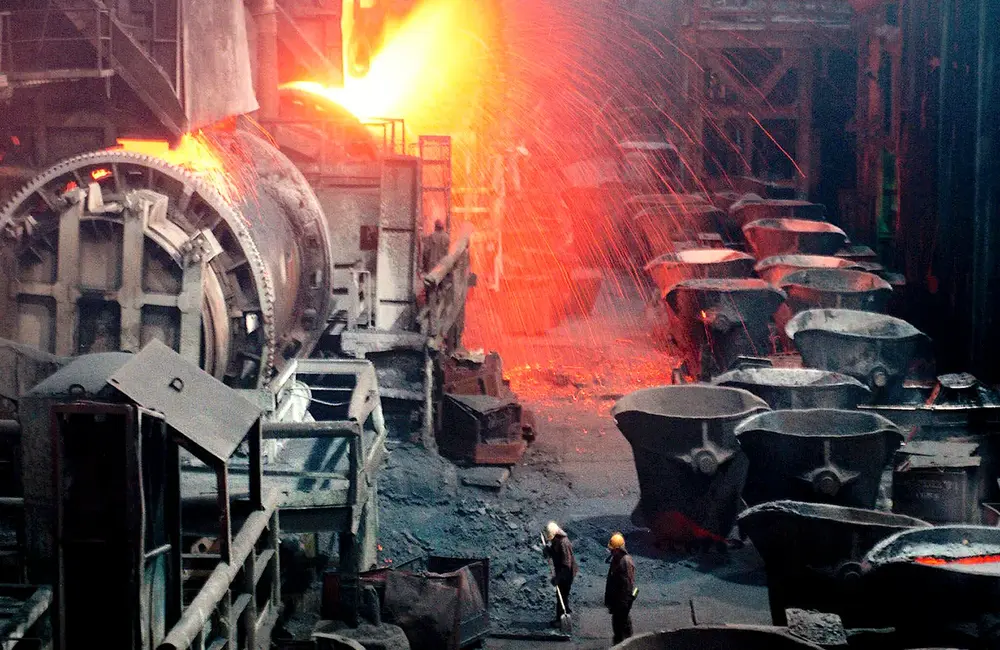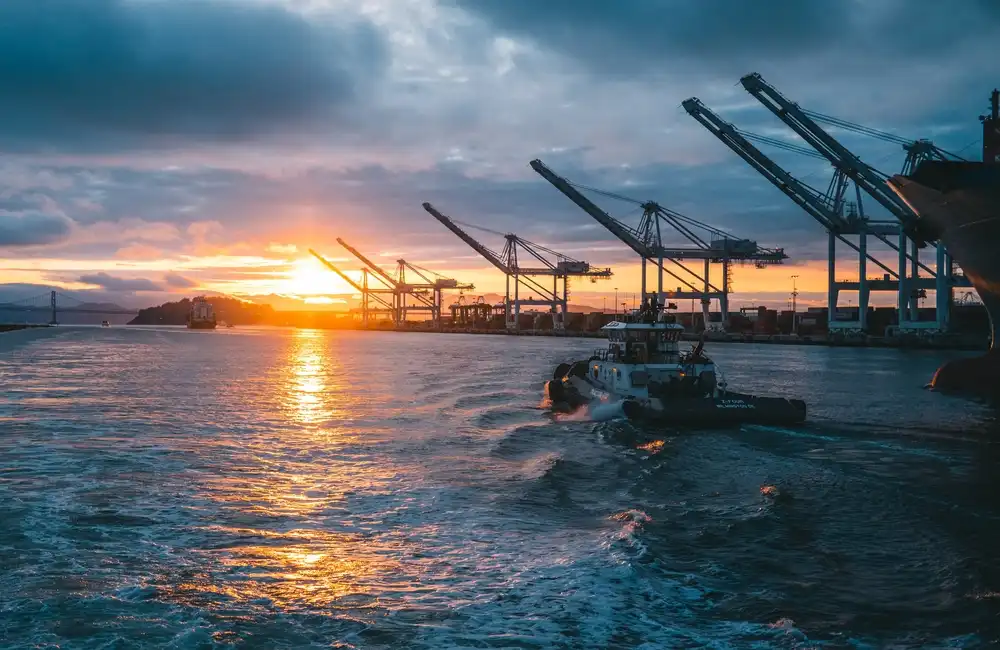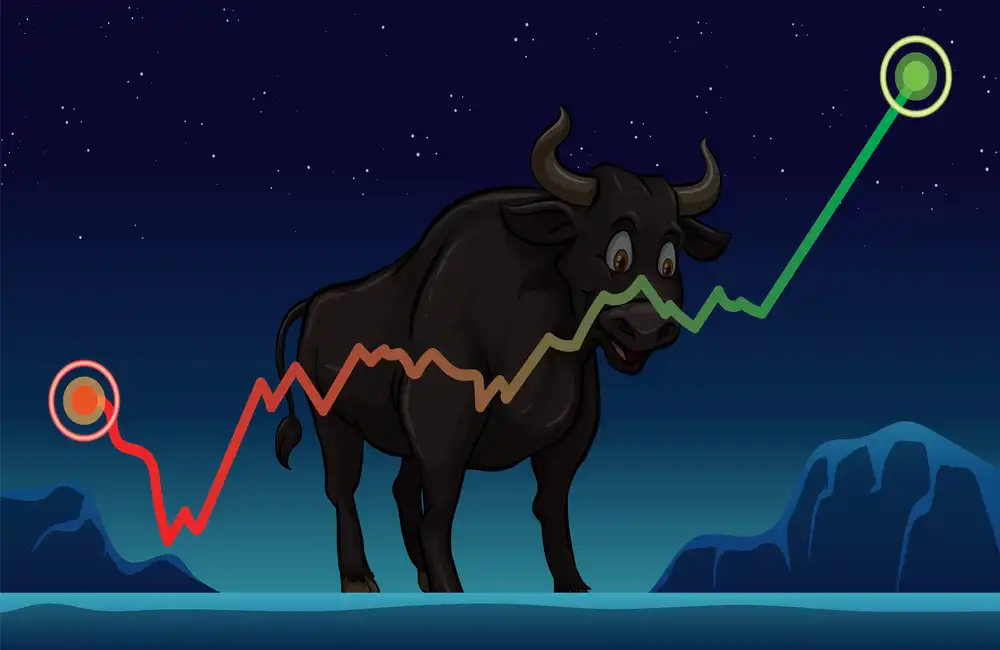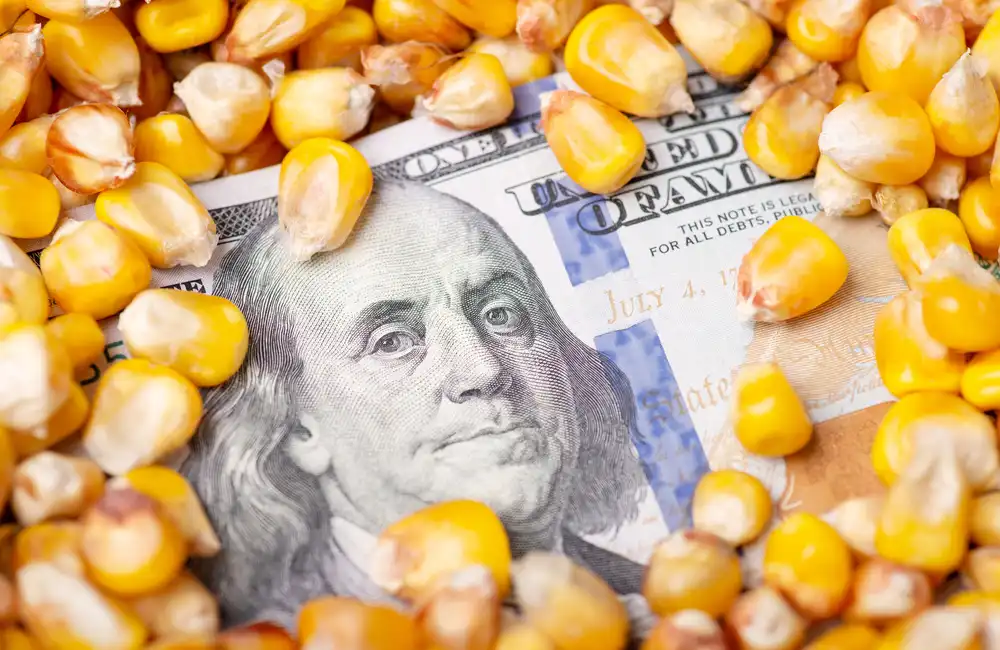After sanctions for its invasion of Ukraine, Russia’s metals industry is likely to rely on China as an export market. Russia’s Severstal said on March 2 it was starting to look for alternative markets to export steel, its European customers having become challenging. China has been a major consumer of Russian aluminum, nickel, copper and metallurgical coal, but trade in steel with Russia has been scant, and has been limited to semi-finished goods. Abundant in natural resources, Russia is the world’s third-largest exporter of coal (thermal and coking) and fourth-biggest exporter of aluminum. It also has a significant market share of copper, steel and nickel exports. Although steel trade between Russia and China has stayed thin in the recent past, increasing sanctions pressure on Russia’s billet exports could create opportunities for more to be shipped into China, industry sources said. However, the supply shift will likely be somewhat limited as demand in China itself is enormous with steelmaking capacity at 1.2 billion mt/year. It is however in nickel, metallurgical coal, copper and aluminium there is room for the two nations to increase trade, particularly with China’s electric vehicle aspirations that need a consistent source of nickel. Following supply woes with Indonesia, Chinese demand for Russian nickel will be attractive too. Sources said limited impact for sanctions on any trade payments between Russia and China as some trades were already being settled with Chinese yuan payments.
Trade Flows
Steel
Russia in 2021 exported 15.9 million mt of semi-finished steel and 16.8 million mt of finished steel, according to trade data. The top five destinations of Russian semi-finished steel were Mexico, Belgium, Taiwan, Turkey, and Kazakhstan, which all together made up for around 70% of total exports. Russia’s top five export destinations for finished steel, in order, were Turkey, Kazakhstan, Belarus, Poland, and Uzbekistan, which accounted for roughly 47% of the total exports, according to the interim data. In China, imports of semi-finished steel from Russia were at 0.8 million mt in 2021, while imports of finished steel remained minimal, sources said.
Nickel
China's customs data showed that unwrought non-alloy nickel imports from Russia were 44,693 mt in 2021, taking up 20.3% of China's total imports. Seaborne prices rose higher than domestic cheap prices which shrank China's margins to import nickel, after the market anticipated that more Russia's nickel would be headed to China as flow of trade to Russia's traditional destinations - the US and the EU - will be affected.
Copper
China's imports of refined copper from Russia totaled 390,442 mt in 2021, or 11.4% of the country's total, according to China's customs data. China's copper concentrate imports from Russia were 428,767 mt in 2021, equivalent to 1.8% of the nation total, China's customs data show. China's demand failed to surge as anticipated after the Lunar New Year due to elevated LME copper prices, which crossed the $10,000/mt threshold Feb. 21. Some smelters were seeking export opportunities amid lackluster domestic demand.
Aluminum
China's imports of primary aluminum from Russia reached 291,036 mt in 2021, accounting for 18.4% of the country's total, according to China's customs data. In 2021, the largest producer, Rusal, shipped 3.9 million mt of aluminum, with 49% of its total sales going to the EU and the US, according to company data.
Metallurgical Coal
Russia exported about 30 million mt of met coal in 2021, with China accounting for around 30% of the shipments, according to China Merchants Futures data. China's met coal imports from Russia in 2021 surged 60% year on year to 10.74 million mt, filling the gap left by big volumes not coming from its traditional suppliers of the fuel Australia and Mongolia, data from China Coal Transportation and Distribution showed. The Russian Ministry of Energy targets coal exports in total, including metallurgical coal and thermal coal to China — to reach 100 million mt/year in 3-5 years.
Prices
Steel
SS400 HRC 3 mm thick was assessed at $885/mt FOB China March 7, up 11.6% from Feb. 25, S&P Global Commodity Insights said. On a CFR SEA basis, the same grade of coil was assessed up $890/mt, or 11.9%, from Feb. 25.
Nickel
SHFE data showed the most-active nickel contract for April delivery on the Shanghai Futures Exchange surged to an all-time high March 7 at Yuan 210,950/mt ($33,410.62/mt), an increase of 12.7% from the previous close.
Copper
SHFE data showed the most-active copper contract for April delivery on the SHFE settled at Yuan 74,980/mt on March 7, an increase of 2.9% from the last close.
Aluminum
The most-traded aluminum contract for April delivery on the Shanghai Futures Exchange rose for the 11th consecutive day and closed at Yuan 24,020/mt March 7, up 2% from the previous close, SHFE data indicated, remaining above the key Yuan 22,000/mt mark.
Metallurgical Coal
Premium low-vol hard coking coal CFR China increased 3.8% since Feb. 24 to $410/mt on March 7, hitting a three-month high or more, according to S&P Global data.
Infrastructure
Steel
The EU added the billionaire shareholders of major Russian steelmakers Metalloinvest and Severstal to its sanctions list, a move that the companies said they were assessing for its potential impact on their operations. Metalloinvest is one of the largest iron ore producers and the global leader in hot-briquetted iron production. According to company data released in 2021, the company's iron ore production had been at 40.8 million mt. An increase of Chinese steel products is expected after Ukraine halts all its steel production and exports, while Russia’s finished rolled steel exports are locked in large markets, the sources said.
Nickel
Australia also benefits from Russian nickel — Norilsk Nickel, which is Russia’s largest producer of refined nickel. Due to strong nickel demand from China's battery space, global demand for primary nickel in 2022 is seen increasing on 9% growth in stainless steel production, the company said. China's nickel consumption as a metal was at 1.35 million mt in 2020, or 57.9% of the world total, CNIA said in a report Jan. 16. China's consumption is expected to hit 1.6 million mt in 2022, according to data sourced from S&P Global Market Intelligence.
Copper
Since the invasion, letter of credits are suspended for deliveries of Russia’s copper concentrates, and some Chinese smelters now pay through telegraphic transfer payments, sources say.
Aluminum
Sanctions on Russian aluminum could further tighten global stocks, already in slender supply after China imposed restrictions on the use of coal-based energy in smelters earlier this year, the International Aluminium Institute said. Russian aluminum companies are not expecting direct sanctions after similar action was taken against Russia’s Rusal in 2018 when prices surged more than 30% in a day.
Metallurgical Coal
China-based investment company Orient stated that Russia has more than 5 billion mt of met coal reserves. Russia delivers 50% of its annual coal exports on its extensive railway networks and any challenges to its transport could limit its overall exports, the sources said. The Russian Railways, which is state-owned, has also been hit with financial sanctions from the US and the EU.


